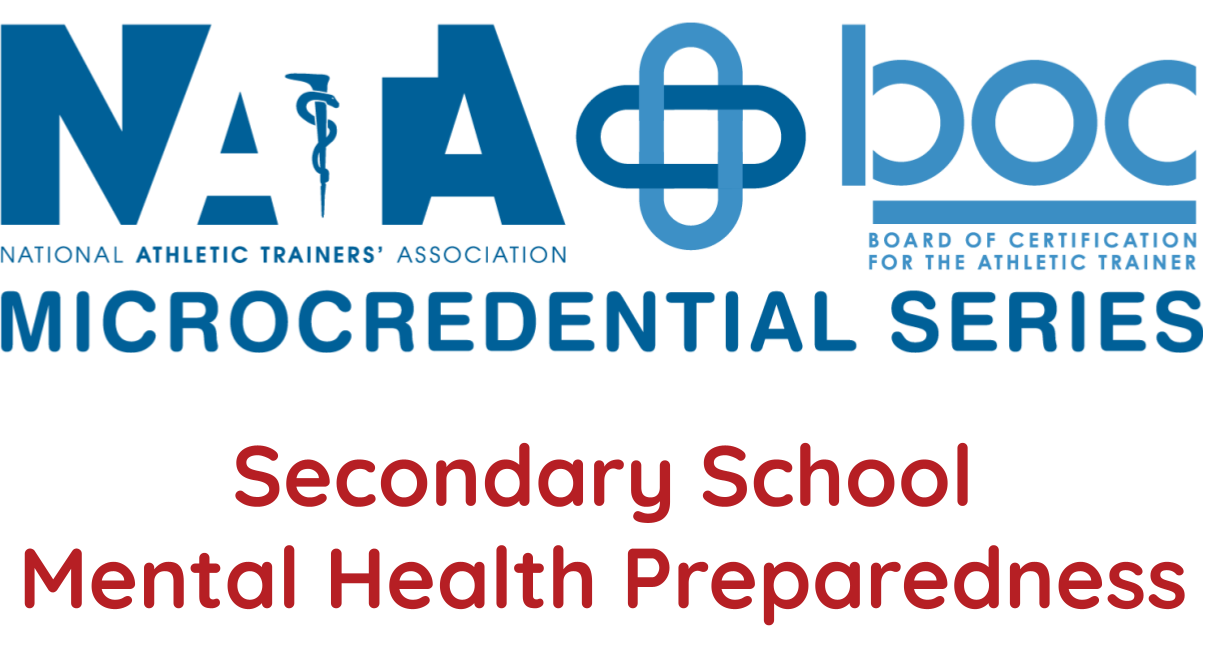
Joel Stitzel, PhD
I have been at Wake Forest University since 2003 and currently serve as associate head of the Virginia Tech - Wake Forest University School of Biomedical Engineering and Sciences, as well as program leader of the Virginia Tech – Wake Forest University Center for Injury Biomechanics.
My specialty and area of training is biomechanics. My interests include human injury biomechanics, particularly computational modeling of the human body and the relationship between computational model-based metrics and criteria and real-world injury and disease.
I have served as co-PI of a Crash Injury Research and Engineering Network (CIREN) Center at WFU since 2005. I was the founding PI of the Global Human Body Models Consortium (GHBMC) Integration Center at Wake Forest, an organizer in a global endeavor to create an industry-standard virtual human model for injury prediction.
Our research group’s multidisciplinary teams have received support from the NIH NINDS to study concussion and subconcussion. We use instrumentation, neurocognitive testing and medical imaging to better understand the biomechanical basis of and physiologic response to subconcussive head impacts in youth sports. Our group has developed an in-mouth sensor for measurement of head impacts in helmeted and non-helmeted applications.
I work in the areas of automotive, sports, military, aerospace, and medical device applications. Our research teams have received support from industry and government sponsors including the DOT, NASA, NSF, CDC, DOD, and NIH.

